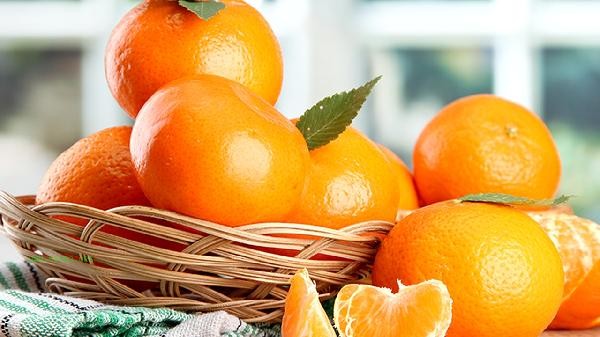The selection of oranges is mainly judged from five aspects: appearance, texture, aroma, weight, and stem condition.

1. Appearance
High quality orange peel with uniform orange yellow or orange red color, smooth surface without concave spots. Poor quality oranges may appear locally green or dark, with mold or obvious mechanical damage on the surface. The naturally ripe orange skin will have fine oil cell spots, which is a unique feature of citrus fruits. The distribution of oil cells in artificially ripened oranges is often uneven.
2. Touch
Fresh oranges are elastic when pinched, and the skin and flesh are tightly attached. Overripe oranges have a soft texture and are not easy to rebound when pressed. Immature oranges are hard and have a rough surface. Pay attention to checking the navel area of high-quality oranges, which is flat and has no abnormal protrusions.
3. Odor
Oranges with moderate maturity emit a fresh citrus aroma, with a stronger scent near the stem. Oranges treated with chemical agents may have a pungent odor, and oranges stored for too long may emit a fermented sour taste. Rub the orange lightly in the palm of your hand, and the aroma of high-quality oranges will become more prominent after friction.

4. Weight
The heavier the orange of the same volume, the more abundant the moisture in the flesh. Comparable by hand, high-quality oranges have a heavy texture and full flesh. Being too light in weight may result in water loss due to prolonged storage time, or insufficient nutrient absorption during growth.
5. Fruit Stem
Freshly picked orange fruit stems are green in color and rich in moisture. Dry and blackened fruit stems indicate longer picking time. Pay attention to the connection between the fruit stem and the fruit, and ensure that this area of high-quality oranges is smooth and free from mold. Some merchants may artificially trim the fruit stems to cover up any signs of freshness, and it is necessary to make a comprehensive judgment based on other characteristics.

When selecting oranges, priority should be given to products directly supplied from the current season's production area. Different varieties of oranges have different characteristics, such as a rougher skin on sugar oranges and obvious navel like depressions at the bottom of navel oranges, which are normal phenomena. It is recommended to store in a cool and ventilated place to avoid mold growth caused by humid environments. Rinse the surface with running water before consumption. Citrus fruit peels may contain residual preservatives. It is safer to wash hands after peeling before consumption. For people with gastrointestinal sensitivity, it is recommended to take appropriate amounts of fruit acid in batches to avoid stimulation. diabetes patients need to control the single intake.








Comments (0)
Leave a Comment
No comments yet
Be the first to share your thoughts!